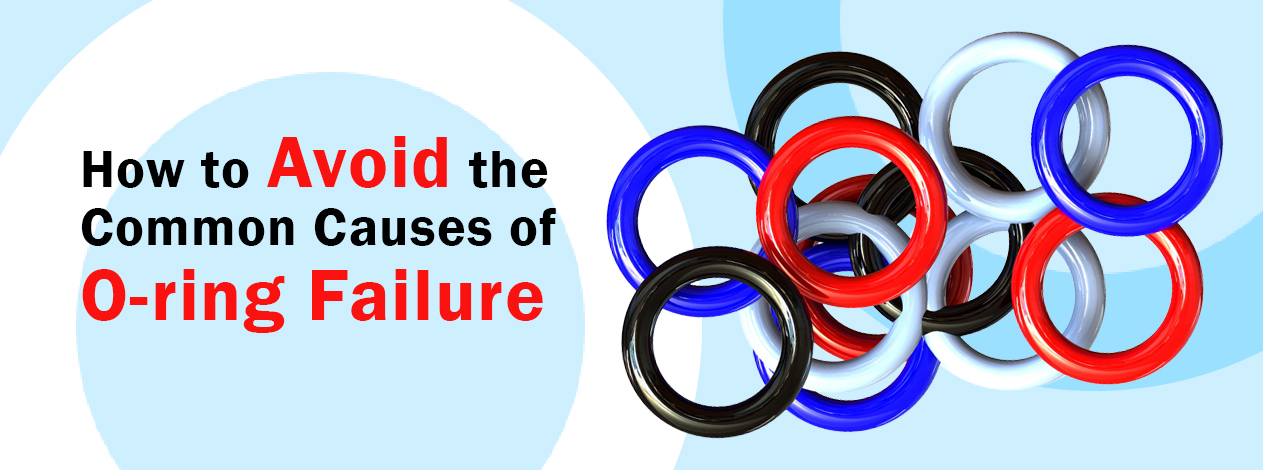Preventing Environmental Factors From Destroying Your O-Ring
When it comes to the functionality and life of rubber o-ring, the environment plays a major role. O-rings are specially designed with a specific material, hardness, and shape to handle the application. To ensure o-ring success and long-life, it is best to take preventative measures from the beginning of the design process. It is integral for design engineers to be well-versed with all the application requirements to ensure that the seal will be compatible with its environment. Have a look at the important steps to take to prevent environmental factors from destroying your o-ring:
1) Use of Chemically Compatible Material
Design engineers should match your application with the o-ring material that is bestowed with properties that can best handle the chemicals it will be exposed to. This will prevent the environment from deteriorating your o-ring. For example, butyl is chemically compatible and would perform well with boric acid, but would fail if exposed to diesel oil. Silicone possesses high chemical stability. So it’s best to test out the compatibility of your o-ring material by checking out the Chemical Compatibility Guide first.
2) Understand the Amount of Pressure your Seal Can Handle
Pressure can have a deteriorating effect on o-rings by causing the cross-section to distort. When an o-ring cannot resist increasingly high pressure, part of the o-ring will be extruded into the diametrical gap, thereby causing premature failure, leakage, and system contamination.
Here are a few preventive measures that you can take to reduce the risk of extrusion under pressure, including:
- Increase and improve the o-ring hardness
- Make use of back-up o-rings to support the seal block the diametrical clearance gap
- Reduce the diametrical clearance gap between the mating surfaces
- If possible lower the pressure of the system
3) Friction Exposure
When o-rings rub against other moving materials, it can leave some harsh effects on the seal. Although some seals are designed to handle a long exposure to friction, others may cause o-ring to swell, tear or fail.
Few factors to consider during the design phase to prevent friction from destroying your o-ring:
- O-rings designed with a smaller cross-section will produce less friction.
- Using proper lubrication to minimize seal adhesion
- A good choice of material that can handle high amounts of friction
- Increasing the groove width to create more room to expand perpendicular to the compressive force
4) Understand the Effects of Extreme Temperature
When it comes to the functionality of rubber seals, temperature plays a major role. Some materials are built to withstand extreme heat or cold, while others operate best at room temperature. When a non-compatible seal is exposed to high heat over an extended period, the o-ring may deteriorate physically and chemically, thereby causing seal failure. For example, Silicone and EPDM are compatible with high-temperature environments whereas FKM possesses excellent low-temperature flexibility.
For the best sealing performance, make sure you select the right sealing material that can handle environmental factors of your application with efficiency. Your business can benefit from Harkesh Rubber reduced production lead time and the significant savings we offer.








